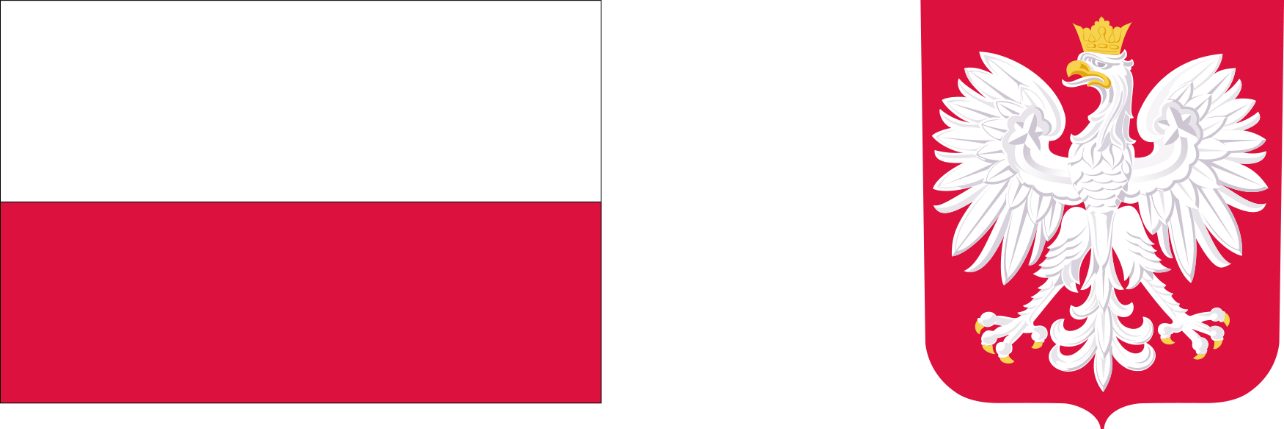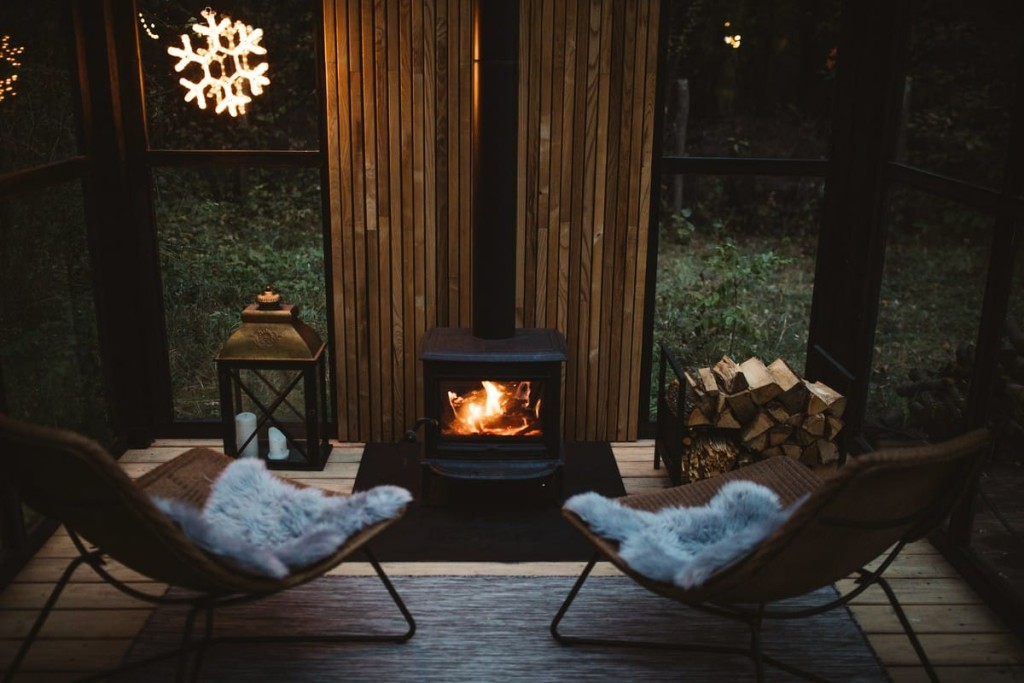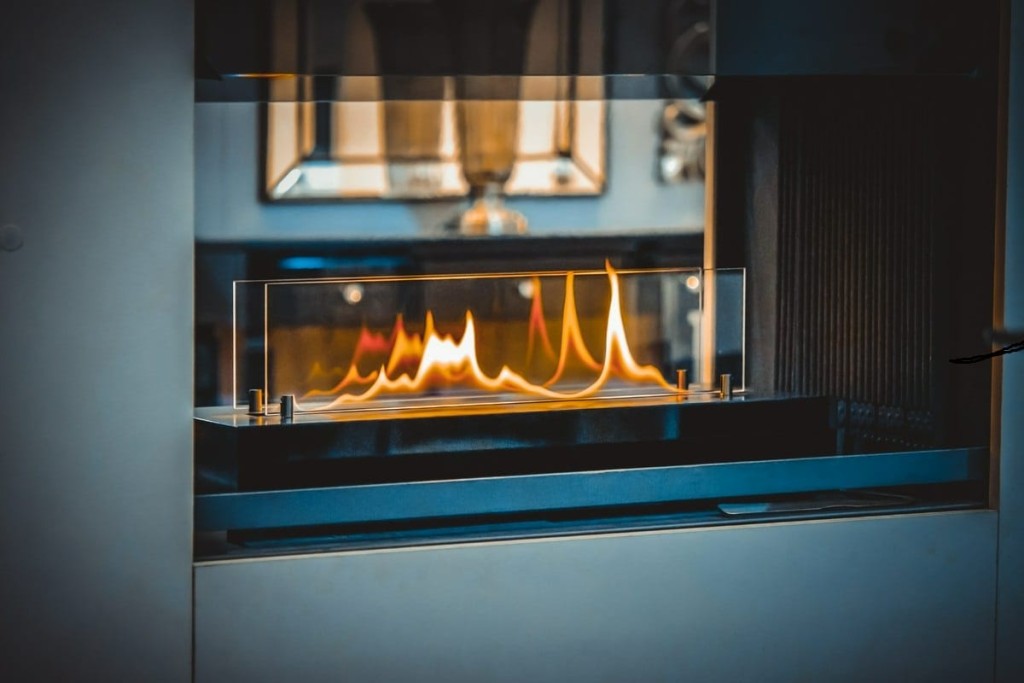Fireplaces and fireplace inserts
The soul of every home, as it is often called, a fireplace serves as a spectacular decorative element as well as a practical support of the existing heating system.
Apart from their obvious functional qualities, fireplaces introduce a unique ambiance and give an exceptional character to every interior, at the same time creating cosy family atmosphere and decorating every home. They will decorate every interior.
We cooperate with the most renowned producers of fireplace inserts, which quarantees problem-free and safe functioning. Our fireplace inserts meet all necessary European and World standards and they all have relevant certicates.
We distinguish two basic types of fireplace inserts:
1) Convection air inserts – they heat a room by means of hot air, which surrounds an insert but which flows through it as well. Heated air is distributed to other rooms through special vents, which are part of a hot air distribution system ( DGP).
Convection air inserts, which are available on the market, can have a nominal heating capacity ranging from 5 kW to 25 kW. The capacity of 1 kW allows us to heat the room of maximum 10 m. sq.
Types of DGP systems:
- a gravity self-circulation system - based on convection (rising of heated air).
The reliability of this system is its great advantage as it does not require any energy power supply. Its disadvantage is the limited range of heat distribution - 2 or 3 rooms located no further than 4 m.
- forced circulation - flues can reach as far as 10 m. You can heat rooms located much farther from a fireplace. Forced circulation relies on fireplace insert blowers, which force the flow of hot air into individual rooms. A fireplace insert blower draws electric power to a fan drive, which forces warm air.
2) Fireplaces with water jacket inserts - this type of inserts is compatible with a traditional radiator system of central heating.
With this type of inserts, special precautions have to be taken like the installation of safety devices, which will prevent an excessive increase of pressure in the installation i.e. an open expansion vessel or a device for removing excess heat. We can distinguish three systems of shutting down combustion: the system which shuts down instantly, the system which shuts down partially and the system which does not shut down at all. In the case fireplaces with water jacket inserts, we use the system which works non stop. Another device is a cooling coil performing the function of a cooler, of the capacity higher than the nominal power of a heating device. In practice, cooling coils made of copper pipe, installed around the water jacket are used.
It is also worth installing a device which accumulates heat and performs not only the function of holding excess heat but also acts as a heat accumulator, where you can accumulate heat and use it at a later time. It is a closed water container. The heated water gathers there instead of flowing to radiators, owing to which a fireplace uses its nominal heating capacity thus preventing an excessive increase of water in the installation.
A fireplace with a water jacket insert should use its nominal heating capacity, which should be adjusted to the most frequent heat demand of the heated area (usually lower than the maximum one).
Incomplete combustion can lead to smudging of glass, of the whole insert and of the flue.
A gas fireplace - this is an ideal solution for those who value beauty and ecology. Operating it is much simpler and less demanding than operating a traditional fireplace insert. Gas fireplaces have to be connected to a chimney flue with an insert made of stainless steel or the flue with a collective concentric system, which extracts the exhaust gas and intakes air supply through the same collective duct. Operating gas fireplaces is fully automated. Gas fireplace use natural gas NG or LPG as their fuel.
An electric fireplace - it does not require any chimney installation. it is a perfect alternative for those who desire a fireplace at home. However, it is not possible for technical reasons. There are electric fireplaces in a variety of forms and dimensions available on the market.
A bio-fireplace - it is a superb option for every apartment. Like electric fireplaces they do not require any chimney flue installation or any specialist ventilation system. A bio-fireplace is an ecological source of energy (the fuel used to power them is fully combusted and does produce any smoke). Emissions are composed almost completely of water vapour and carbon dioxide, however the emitted amount is comparable to the amount of air exhaled by a human being.
Free-standing fireplaces (potbelly stoves) - they can replace a traditional fireplace (some of them are really eye-catching).A free-standing fireplace has to be connected to a separate chimney flue, like the one designed to extract smoke from a wood burning device.Potbelly stoves can take both an ultramodern and a traditional form, they can be both of low and of high heating capacity.
Unlike fireplace inserts, they do not need any surround. They are produced from cast iron and from steel. Potbelly stoves can also be finished off with ceramic elements. Most potbelly stoves are adjusted to burn wood. However, there are stoves which use coal or pallets as a fuel.
We offer a professional consultancy and help Our Customers to choose the best possible solution, matching the character of the interior and satisfying Our Customers’ needs. We provide complex realisations of made-to-measure orders as proposed by our Customers and by our own designers.







